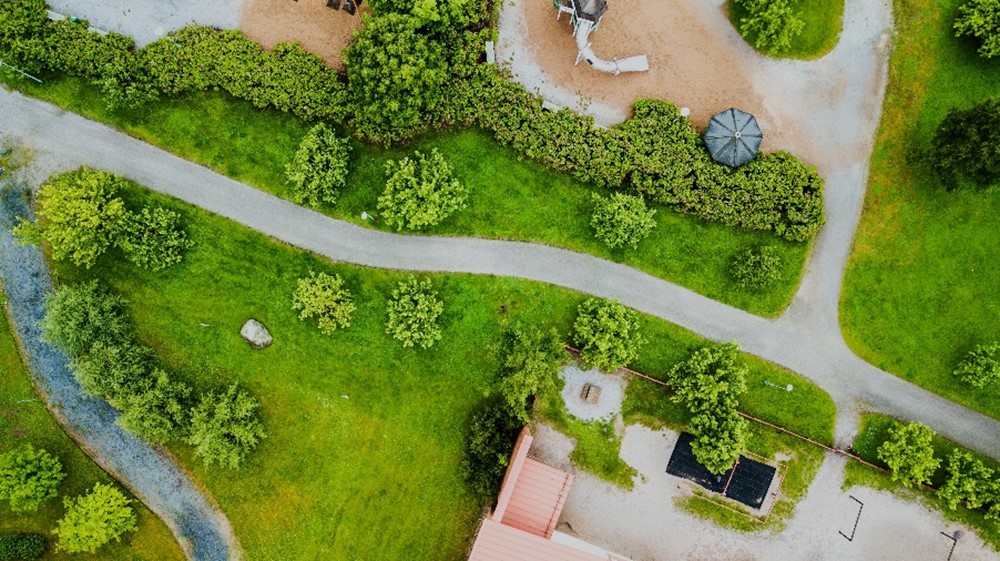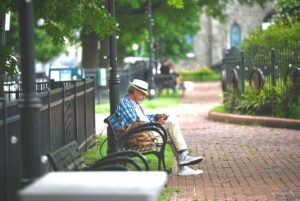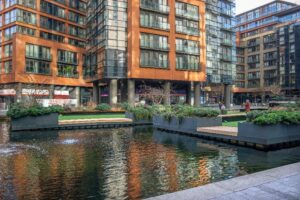Pocket Parks..

by Amanda Hayward
As populations grow within our cities and pressure on green spaces increases, pocket parks are becoming ever popular.
The first ‘pocket park’ was designed in New York in 1967 and is known as Paley Park. Designed by Robert Zion, it was conceived as the prototype for a new kind of public space. Set back from the street with a 20 foot high wall of water at the back, this small space is an oasis of calm on a very busy urban street.

So, what is a pocket park?
It is a small outdoor space, usually no more than a ¼ of an acre and most often located in inner cites, or built up urban areas. Designed with grass, trees and optional play parks the space meets a variety of needs for local communities, including play areas for children, small event spaces and places for residents to meet up. One of the main differences between pocket parks and city parks (apart from the size) is that they are designed for the immediate community rather than a larger area. This ensures that the space is community led.
Over the last 20 years these pockets of green have cropped up in many cities and urban areas and with increasing importance being rightly placed on social and environmental impacts, these small green areas can provide much needed access to green spaces and provide all important social areas for inner cities.
What are the benefits of a pocket park?
Research has shown that these areas have wide reaching benefits including:
- Reducing crime – communities become safer and more social
- Improve fitness and health
- Enhancing social value within communities
- Reducing pollution
- Supporting biodiversity
- Help with the regeneration of run-down areas
With ESG on the top of many agendas including housebuilders and developers, being able to create these green spaces can help to support companies ESG goals.

In 2018, London’s first floating pocket park won the Built Environment Award. Designed by Tony Woods the floating park is located in Paddington, and is a series of small floating garden areas that are linked by walk ways. The space provides an ideal relaxing area for local workers, and benches and picnic areas allow families to enjoy picnic areas in the summer.
With so many benefits and positives that these green areas can bring to urban areas, it is easy to see why they remain ever popular and an important part of city living.





